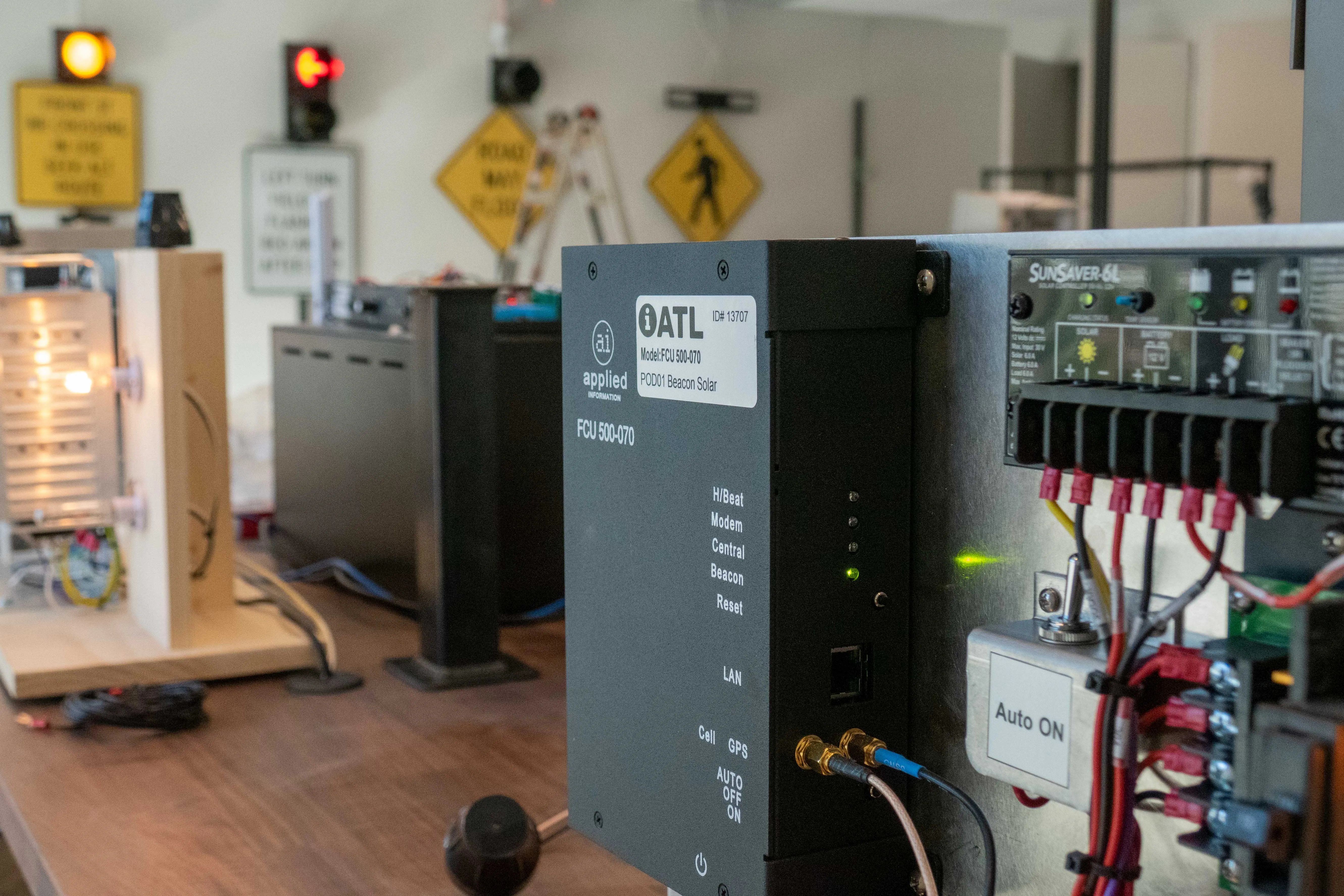Volvo Buses has unveiled a pedestrian and cyclist detection system for buses, which it plans to introduce on its European city bus vehicles in 2017.
January 25, 2017
Read time: 1 min

The pedestrian and cyclist detection system uses a camera to continuously monitor the bus’s vicinity. When the system detects unprotected road-users near the bus, it transmits a sound to warn them that the bus is approaching while inside the vehicle sound and light signals alert the driver.
If there is an imminent risk of an incident, the bus’s horn is activated.
The system will become operational this autumn on field tests in Gothenburg, Sweden.









